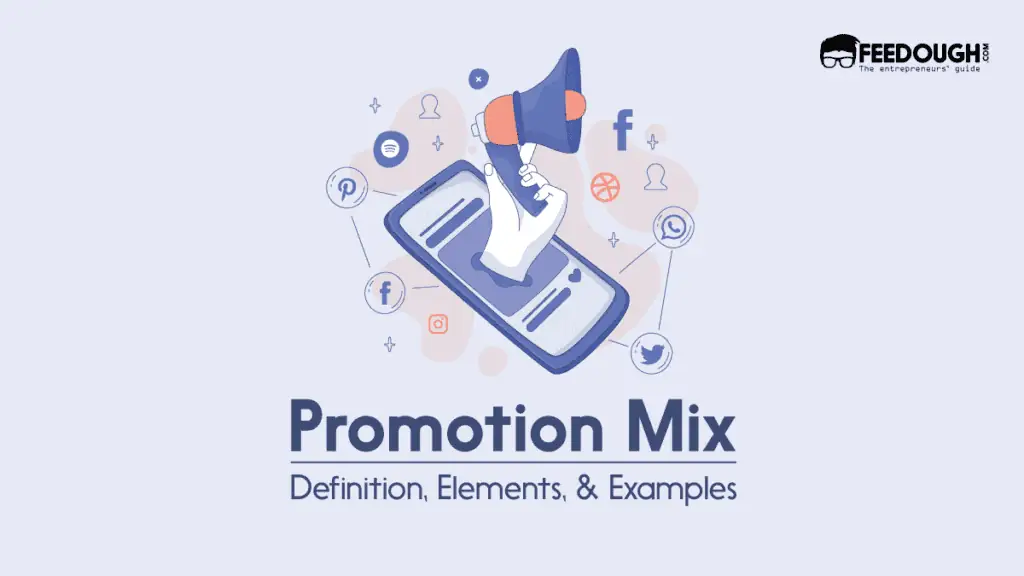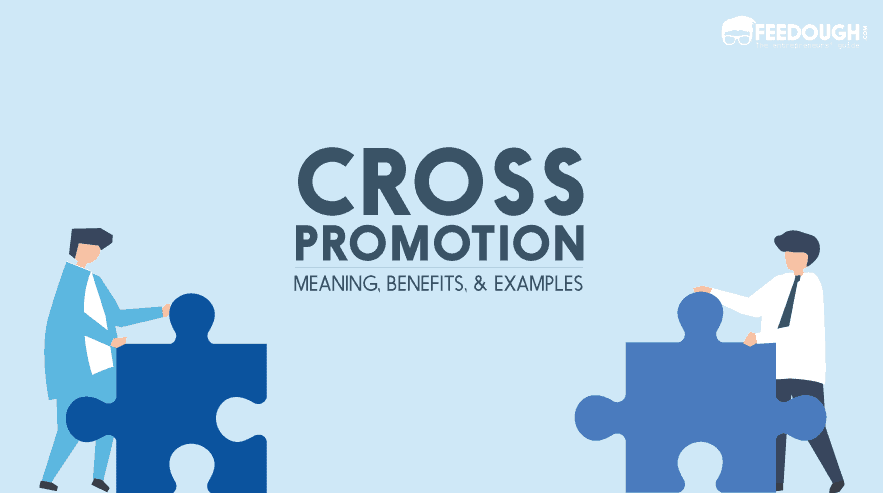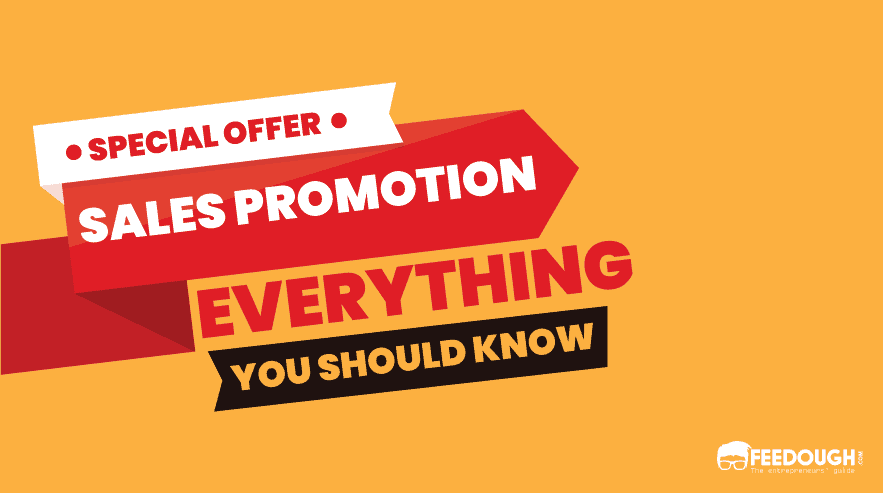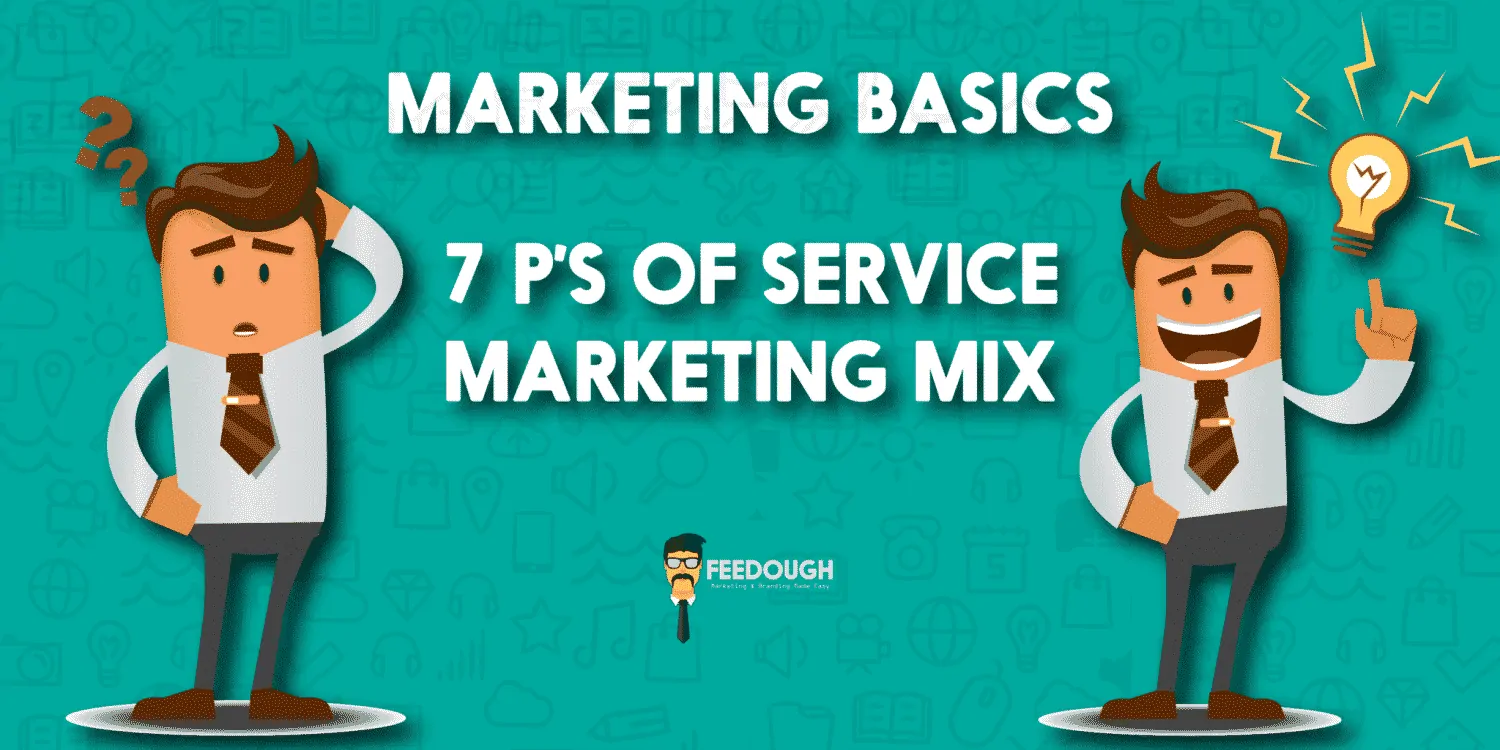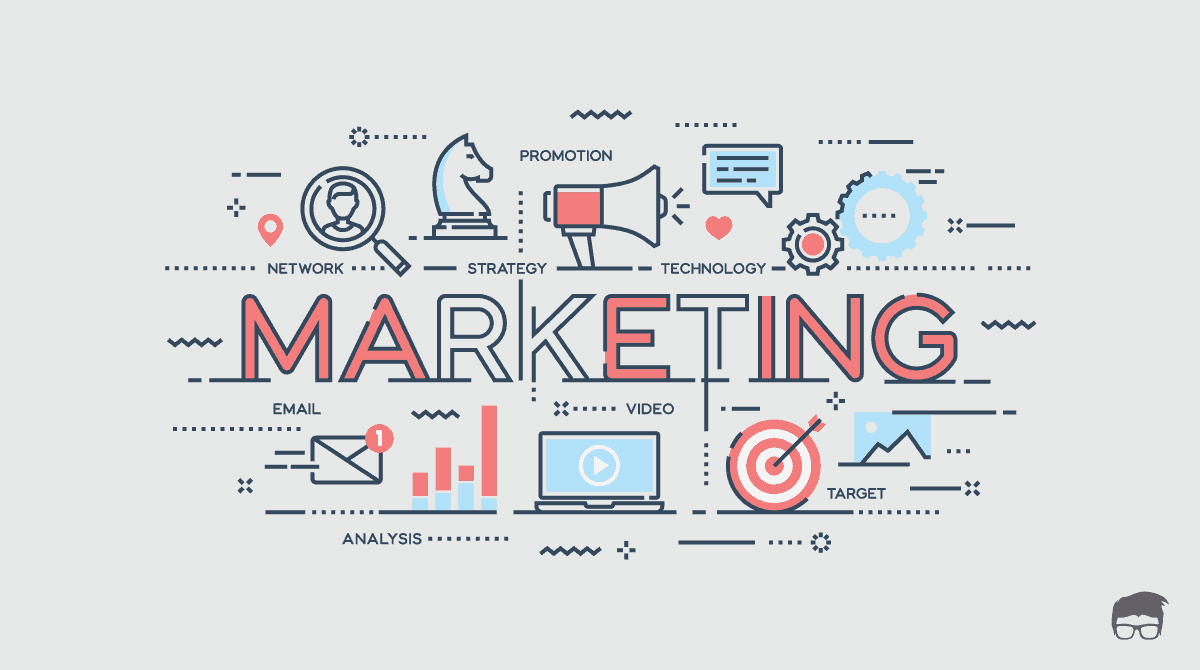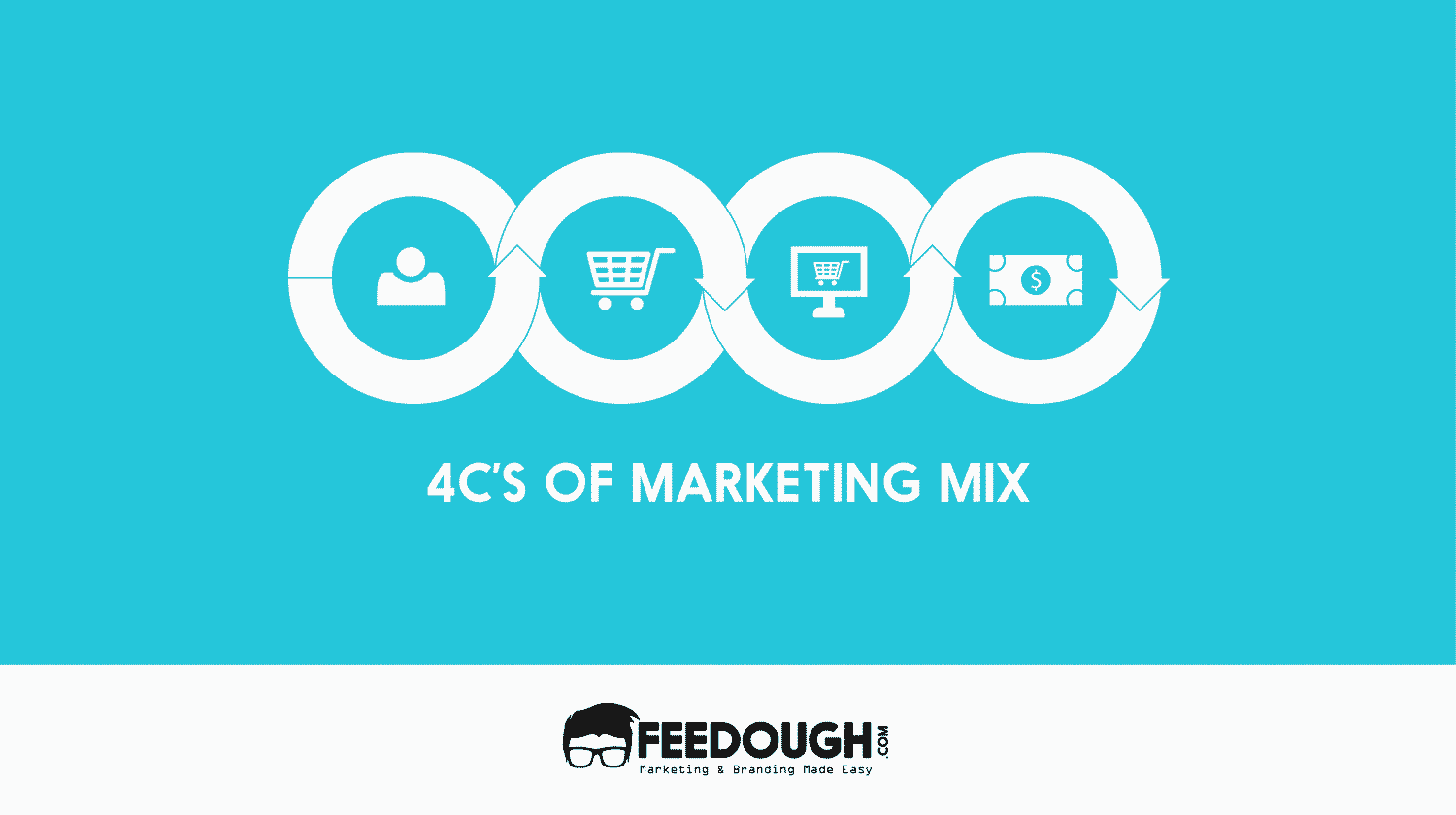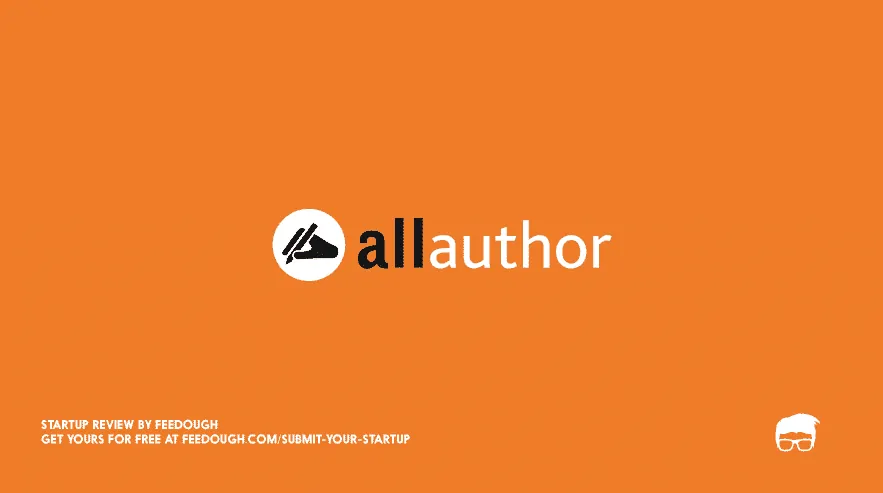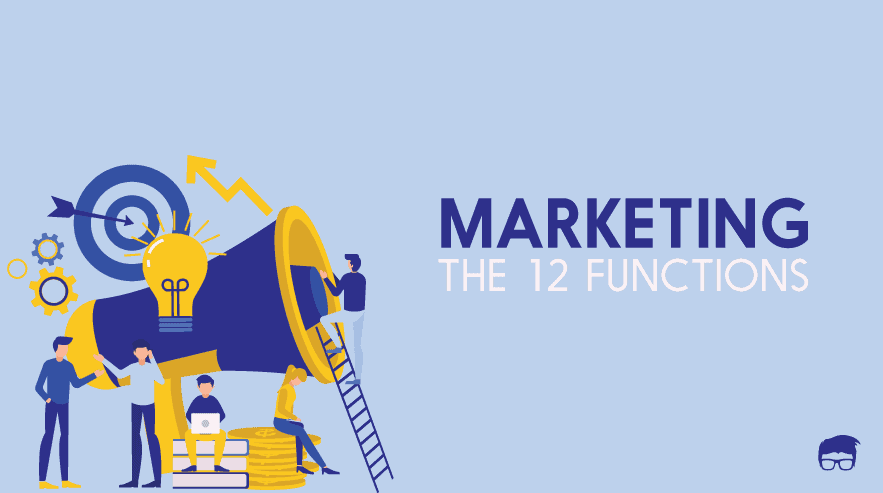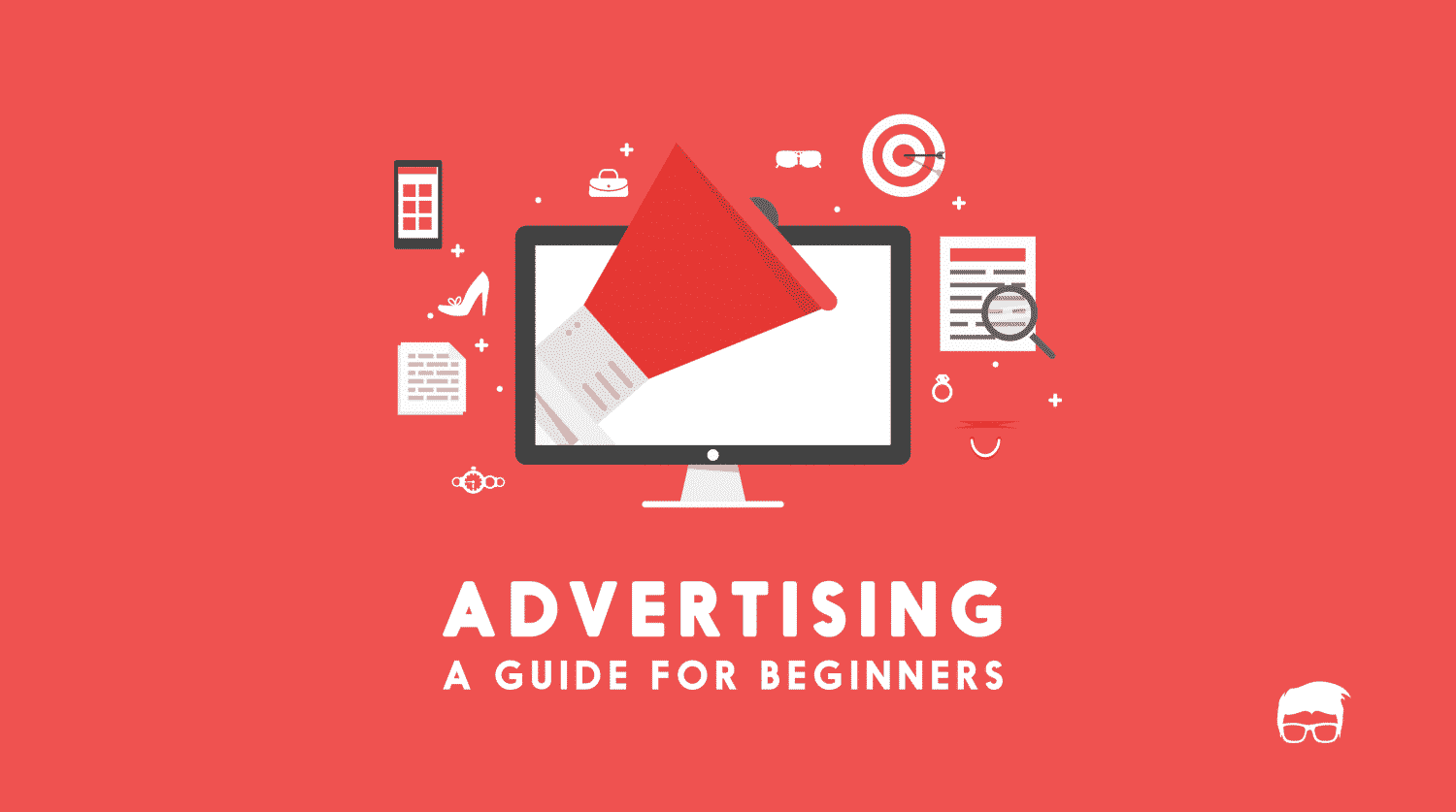In business, just developing a product isn’t enough to achieve the marketing goals. This is why the marketing mix includes an important element of the promotion mix.
Promotion involves activities that help a business communicate the offering and its features to the customer and generate their interest in the desired action. Numerous activities can be considered a promotion. While some market the offering to the customer organically, some involve paid media or paid communication. All these activities combined form the promotion mix.
What Is Promotion Mix?
Promotion mix is the set of all the promotional variables a business use to create, maintain and increase the demand for its brands or offerings.
This definition of promotion mix can be understood better by dividing it into two parts
- Set of all promotional variables: The promotion mix combines all the tools, strategies, and approaches a business uses to get its message to the target market.
- Create, maintain, and increase the demand: The main objective of developing a promotion mix is to make the target audience aware of the offering and influence them to purchase the business’s offering using promotional variables.
Promotion is the fourth element of the 4 Ps of the marketing mix that focuses on communicating the brand and the offering to the target customer and influencing their purchase decision.
In simple terms, it constitutes all those activities undertaken by a business to generate the interest of its customers in buying the product or service offered.
The Importance Of Promotion Mix
The marketing mix stands on 4Ps for a reason. Once the product is ready and its price and distribution channels are decided, the business needs to inform the target audience about its existence. This is where the promotion mix comes in.
It helps the business develop and share the right communication message to the right audience using the right channel.
While other marketing mix elements ensure that the product is developed according to the customer’s needs, requirements, and buying capacity; the promotion mix effectively informs the customers that such an offering exists and gives them reasons to purchase the same.
Even the perfect product, pricing, and place strategy can go waste if the promotion mix isn’t properly configured by the business.
Promotion Mix Elements
A brand or offering is usually promoted using three mediums –
- Owned Media: It refers to using business-owned channels to promote the brand or offering. For example, using the company’s website, social media profiles, or emails to communicate brand offerings to the target audience.
- Paid Media: It involves using paid channels like advertising, influencer marketing, etc. to promote a brand offering.
- Earned Media: It is the promotion third parties like news channels, media houses, customers, influencers etc., do voluntarily without getting paid for it.
The promotion mix combines this owned, earned, and paid media into five basic elements. These components of the promotion mix are:
- Advertising
- Public Relations
- Personal Selling
- Sales Promotion
- Direct Marketing
Advertising
Advertising is a paid promotion method where a sponsor calls for public attention through paid announcements.
This promotional mix component uses paid media channels like TV, radio, newspaper, billboards, or even digital advertising channels like social media platforms and search engines.
Advertisements have the following characteristics:
- Paid form of promotion.
- Focuses on one-way communication from brand to customer.
- Can be personal or non-personal, depending on the channel used.
- Have a mass reach.
Public Relations
Public relations involves communicating to the target audience and getting their attention using earned media channels like news, word of mouth, government announcements, etc.
Simply, public relations is a strategised process of releasing organisation-related information to the public using trustable channels like news to maintain a favourable reputation of the brand.
Public relations involves:
- Trustable sources,
- Brand mission oriented communication messages, and
- Two-way communication, as the brand releases the message and waits for the public response to strategically release another set of messages.
Sales Promotion
Sales promotion is the offering’s promotion using attractive short-term incentives to stimulate demand and increase sales.
The short-term incentives are often used to –
- Promote new products in the market
- Promote unsold inventory
- Attract more customers
- Lift sale temporarily
These incentives include but are not limited to –
- Seasonal discounts,
- Financial schemes,
- Target-based benefits for retailers, wholesalers, resellers, and affiliates
- Free samples,
- Exchange schemes
- Shipping schemes
- Bulk purchase discounts,
- Trade deals, etc.
Personal Selling
Personal selling is a personalised promotion that involves person-to-person interaction between a brand representative and a prospective customer.
It involves personalised conversations and promotion presentations by the salesperson developed after understanding the needs and wants of the target customer they promote to.
Unlike advertising, personal selling develops a personal connection between the brand representative and the customer and involves more costs per person reached.
Personal selling is:
- Two-way personal communication between the brand representative and the target customer,
- Dependent on the influencing and persuasion skills of the salesperson,
- Highly flexible way of promotion, and
- Focused on educating the customer more about the product and giving them personalised reasons to buy.
Direct Marketing
Direct marketing is a promotion strategy where the target customers are contacted directly by the brand instead of having an indirect medium like a retailer or wholesaler.
It’s a great promotional tool that helps the brand communicate directly with the prospective customers through channels like –
- Door-to-door promotion,
- Promotional telephone calls,
- SMS, Emails, IM promotional messages,
- Targeted advertisements, etc.
But direct marketing is different from personal selling. Even though it involves direct contact between the brand and the customer, it not often involves highly personalised sales pitches.
The Effect Of Digital Marketing On Promotion Mix
With the advancement in technology, the internet has made the world smaller. The impact of the internet in today’s promotion mix is enormous. But this doesn’t mean that the promotion mix elements have changed. The internet has just made the channels more efficient and effective.
Advertisements have become more personalised as they now use data for targeting.
Direct marketing doesn’t always involve a human connection now. Customers are just an SMS or WhatsApp text away. The same can be done using bots.
PR campaign responses are faster now, and the business can plan and release information through many more channels.
Personal selling has found a new channel on social media platforms like LinkedIn.
Sales promotion is now more dynamic and personalised. Different customers can now get different offers based on their behaviour, intent, and online activities.
Even direct marketing has expanded its horizon and now uses search engines and social media platforms for better reach.
Factors Affecting Promotion Mix
Many businesses make the mistake of assuming that they should focus on one kind of promotion mix. This is not always true. Different kinds of promotions will work best for different businesses.
The elements of a successful promotion mix depend on the nature of the business, its goals and objectives, the budget, and the competition in the market. Here are five key factors that affect the promotion mix of a business.
- Nature of product: Different types of products require different types of promotion. Industrial products that are complex and technical rely more on personal selling as they require a human to explain things better. On the other hand, consumer products are often promoted using advertisements, sales promotion, etc.
- Product lifecycle stage: Promotion mix also depends on the product’s lifecycle stage. If the product is just launched, a good mix of PR, advertising, and direct marketing could be used to get the word out and make the target market aware of the product. An established product, however, may require only a few ads and sales promotion campaigns.
- Nature of market: The size and nature of the market also influence the choice of the promotion mix. A brand operating in a small market may benefit from personal selling and direct marketing more than advertisements. However, a brand serving a vast market may require a good advertising and PR strategy.
- Competition: The existence of competition and the promotional tools competitors use greatly influence the business’s promotion mix. Suppose the competitor uses sales promotion to promote its offering at the point of sale. In that case, the business is bound to use a similar strategy to stop the competitor from poaching its customers.
- Nature of customer: Customers’ demographics, behaviour, geography, etc., also affect the type of promotion that would be most effective. Generation Z will respond more to personalised ads than boomers. Millennials tend to respond to a different promotional mix altogether. Similarly, promoting a technical product to a customer belonging to a village will require more personal selling efforts than advertisements.
- Budget: A business’s budget also plays an important role in determining the kind of promotion mix it should use. If the business has a limited budget, it should use the cheapest tool to yield maximum results. However, businesses with a lot of money can afford to experiment with different tools and tactics.
Promotion Mix Examples
Let us see how some businesses use these tools to achieve their marketing goals. Take a look at the following hypothetical example:
A business produces a high-tech gadget that lets people listen to music without using headphones. It runs ads and direct response (DR) campaigns to generate interest from the customers. Then, it uses personal selling to close the sale and make the target market aware of its existence. This is a good example of how a personal selling campaign could work.
For this particular example, we have made some assumptions. We have assumed that the business is selling a unique product, there is no existing competition, the customer is tech-savvy, and the customer has a high purchasing power. Based on these assumptions, we have identified five key factors that affect the promotion mix of the business.
A real-life example of an effective promotion mix is that of Coca-Cola.
The company uses a different promotion mix for every market it operates in. Usually, it’s a mix of:
- Advertising: The company partners with celebrities and influencers and advertises its brand on TVs, billboards, radios, etc.
- Sales promotion: It often releases sales promotion campaigns during festive seasons.
- Public relations: The company keeps a check on its positive brand image using public relations, where it tries to tackle the problem of environmental pollution by its plastic bottles. The company effectively use earned media to showcase its recycling program to the public and important stakeholders.
- Since Coca-Cola is an FMCG brand, it rarely uses direct marketing and personal selling.
Go On, Tell Us What You Think!
Did we miss something? Come on! Tell us what you think about our article on what is promotion mix in the comments section.
A startup consultant, digital marketer, traveller, and philomath. Aashish has worked with over 20 startups and successfully helped them ideate, raise money, and succeed. When not working, he can be found hiking, camping, and stargazing.
